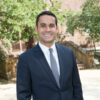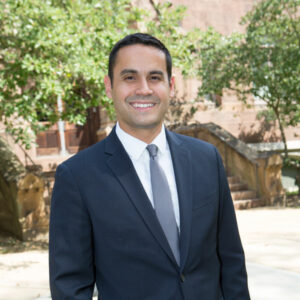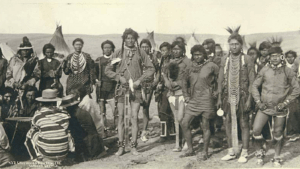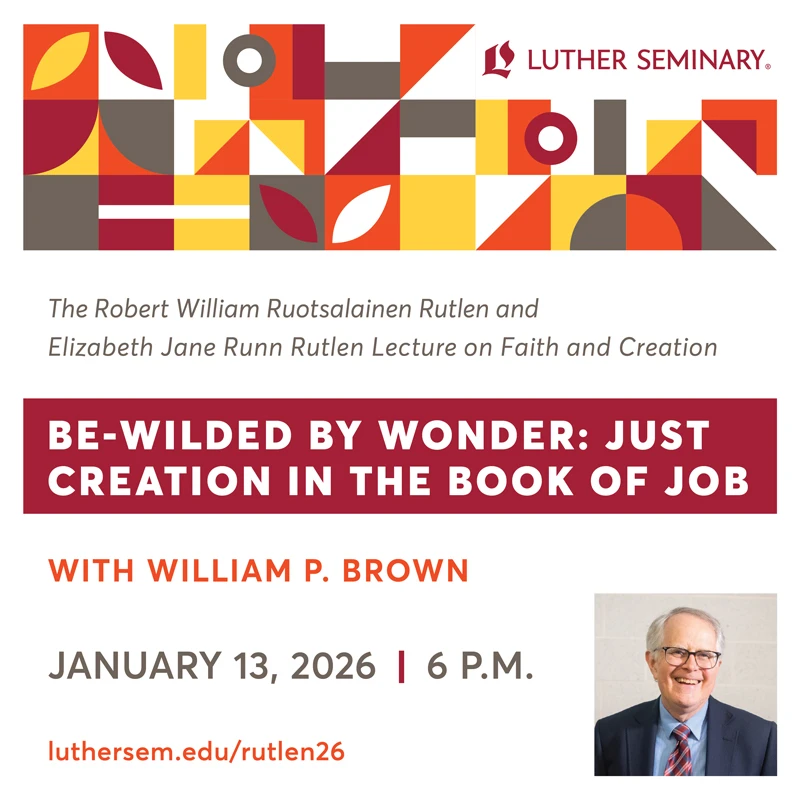When did JesusJesus is the Messiah whose life, death, and resurrection are God's saving act for humanity. More drive out the money changers from the templeThe Jerusalem temple, unlike the tabernacle, was a permanent structure, although (like the tabernacle) it was a place of worship and religious activity. On one occasion Jesus felt such activity was unacceptable and, as reported in all four Gospels, drove from the temple those engaged... More? In MatthewA tax collector who became one of Jesus' 12 disciples. More, Mark, and LukeThe "beloved physician" and companion of Paul. More, Jesus cleanses the temple near the end of his life. In John, Jesus does so in the earliest days of his ministry.
What were Jesus’ last words?
- According to Mark and Matthew, Jesus cries out in pain and isolation: “My God, my God, why have you forsaken me?”
- According to Luke, Jesus’ life ends with words of forgiveness for his persecutors (“Father, forgive them; for they do not know what they are doing”) and trust in God’s care for his soul (“Father, into your hands I commend my spirit”).
- According to John, Jesus uses his last breaths to assure the care of his family and friends (“Woman, here is your son” and “Here is your mother) and ultimately declares, “It is finished.”
Did humble shepherds visit a newborn Jesus, or did magi from the east make the long journey to see an infant Christ? The former is part of Luke’s story. The latter is unique to Matthew.
A CHRISTMAS COLLAGE
These examples remind us that while the Gospels relate the story of Jesus’ life, death, and resurrection, they are not always unanimous. While we have four related but distinct Gospel accounts in the New Testament, our tendency is to “harmonize” the stories. That is, we tend to find ways to blend the differences into a single story.
This habit is most evident around the Christmas holidays when pageants and crèches bring together the differing stories recorded by Matthew and Luke into one neat narrative. Matthew’s magi stand alongside Luke’s shepherds. We are so used to seeing them together that even as we read Luke, we are adding Matthew’s details along the way!
All these differences lead to an important question: Which of the Gospels is true?
THESE ARE NOT NEW QUESTIONS
Of course, we are not alone in asking this. Nor are we alone in our tendency to harmonize these stories. Harmonizing the stories by smoothing out their respective differences is one approach some in the early church took and one we often continue today. But is that our best option?
In the church’s earliest days, a theologian named Tatian composed a book called the Diatessaron (in Greek, “diatessaron” literally means “through four”). Tatian stitched together the four Gospels into one narrative. So influential was this text, that the Diatessaron was used among Syrian Christians for more than two centuries. In what ways might such a harmony be a help in our faith? In what ways does it fallThe Fall refers specifically to the disobedience of Adam and Eve when they listened to Satan rather than adhering to God's command not to eat the fruit from the tree. When people act contrary to God's will, they are said to fall from from grace... More short?
Other early Christian leaders were not convinced that a harmonization of the four Gospels was necessary. Irenaeus, for instance, pointed to the four corners of the earth, the four winds, and the stability of a four-legged stool as minor confirmations of the propriety of a four-fold Gospel. For Irenaeus, the solution to the presence of a number of sometimes varying Gospel accounts was not to harmonize the four Gospels into one smooth story but embrace all four in all their complexity.
BUT WHAT ABOUT US?
Irenaeus’ conclusions have largely won the day. The four Gospels stand together in the New Testament, their differences evident and their rough edges not smoothed over. And yet how often do we treat the four Gospels as one? Do we really prefer to have four Gospels or one?
One way I pose the question to my students is to ask them whether it would be preferable to have four Gospels or a video documentary of Jesus’ life. That is, would it have been better if Jesus had been followed around by an ancient news organization that recorded his every word and deed? What if the Papyrus News Network (PNN, CNN’s ancient counterpart) had followed Jesus and recorded every waking moment of his life? Would that account be more accurate, more compelling, more truthful?
SO, WHICH GOSPEL IS TRUE?
It is a central confession of the Christian faith that all the Gospels are true, that the reading of four Gospels — not one harmonized version — is somehow pivotal in how we hear and learn the story of Jesus. But how do we make sense of the differences we find between them? Why choose to read four Gospels instead of one?
Perhaps the four-fold Gospel is, at least partly, an acknowledgement of our limitations as well as the limitations of our language. Perhaps no single Gospel could by itself tell and proclaim the good news that Jesus has walked in our midst, healing and teaching, dying and rising to new life.
Perhaps the four-fold Gospel is an echo of the closing verse of the Gospel of John: “But there are also many other things that Jesus did; if every one of them were written down, I suppose that the world itself could not contain the books that would be written.”
Moreover, the many ways the Gospel writers compose and present their narratives may remind us of the importance of perspective and context. The most powerful stories we tell are not truthful solely because they reflect things as they were but because they help us explain things as they are right now.
To be sure, if the telling of a story has no relationship to what “really” happened, then the story will not persuade us. But what makes the Gospels truly compelling is that they spoke, have spoken, and will continue to speak wherever and whenever God’s people gather.
We read each Gospel to learn about the particular angle of vision its author brought. What were the questions bubbling in Luke’s community? What anxieties and hopes centered John’s sisters and brothers?
RESISTING THE URGE
We resist the temptation to harmonize them all and create one story where four stand — not just because our forebears did so but also because in the richness of four complex stories we sense the Spirit of God speaking to us from generation to generation. We read these Gospels together as the admittedly complex but singular story of Jesus’ life and deeds.
In the end, the only answer we might give to the question, “Which Gospel is true?” is a simple, “Yes.” In the end, God speaks to us through these four stories, written by four different authors at different times from the perspective of four very different communities. This is yet another reminder that the God who cannot be contained by one story has chosen to meet us in the messiness of our lives.







